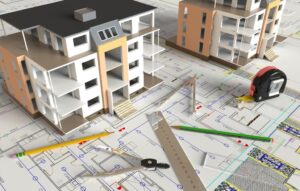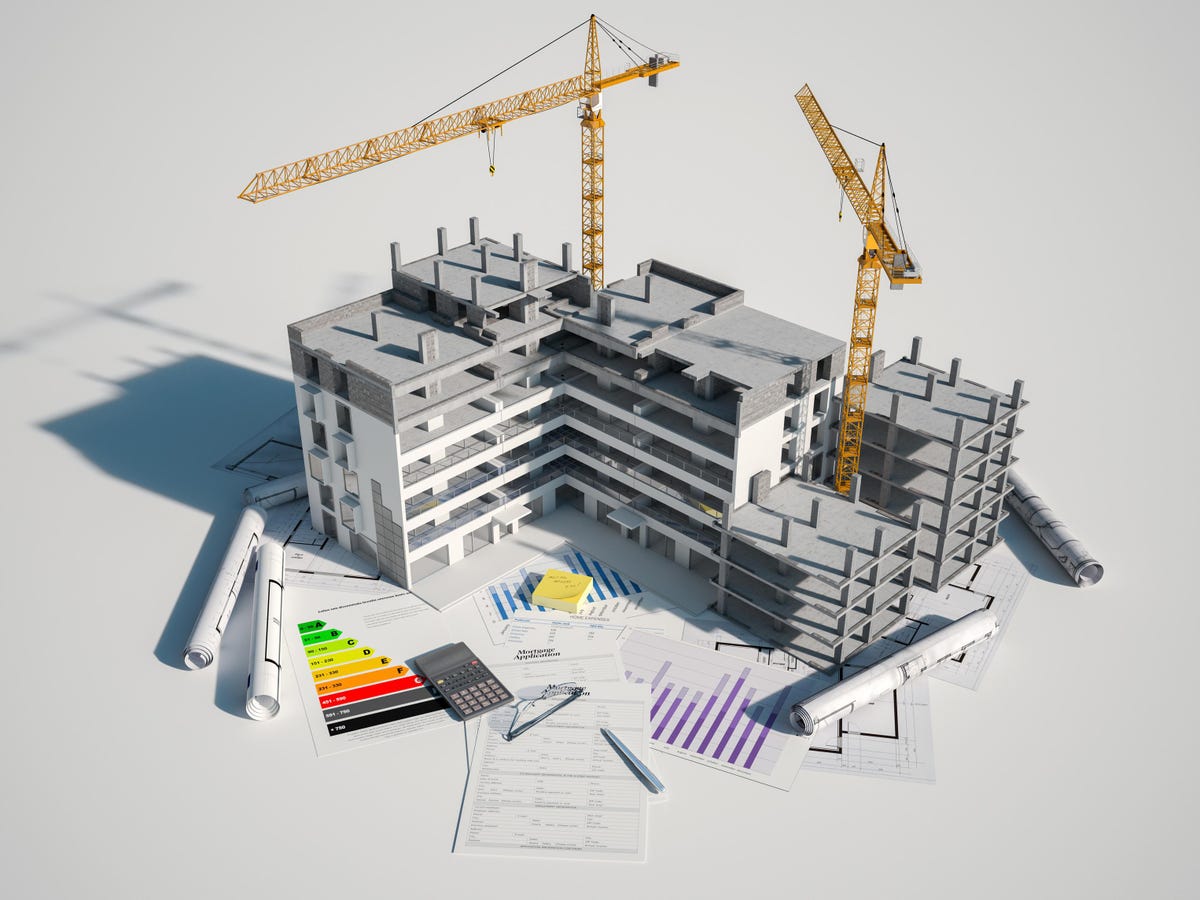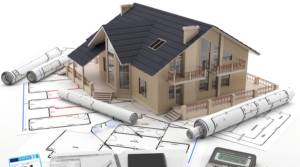Real estate development is a multifaceted process that involves transforming an idea into a physical, functional property.
Whether it’s a residential community, commercial building, or mixed-use space, real estate development requires detailed planning, analysis, and execution.
Each project must go through a series of structured stages, helping to minimize risk, align with market demand, and meet financial goals.
These stages ensure that every aspect of the project, from feasibility to construction, is executed carefully. In this article, we’ll dive into the essential stages of real estate development and explore how they contribute to a project’s success, bringing a developer’s vision to life.

Project Initiation and Feasibility Study in Real Estate Development
The first stage in real estate development is project initiation, where the idea for the development takes shape, and the project’s viability is assessed.
During this phase, developers conduct a feasibility study to understand whether the project is financially and practically achievable. This involves analysing the current market, estimating demand, and calculating potential costs and revenues.
Key questions are addressed, such as: Who will use this development? What is the competition like? Is there a demand for this type of property?
A detailed feasibility study may examine zoning regulations, environmental impacts, and location-specific factors affecting project costs or timelines.
Financial projections, including cash flow estimates and expected returns on investment, are created. This phase is critical, as it helps developers decide whether to proceed, revise, or abandon the project based on its potential for success.
Site Acquisition and Land Assembly for Real Estate Development
Once a project passes the feasibility stage, developers move on to securing the land or property for development. Site acquisition is a fundamental step in real estate development, as the project’s location significantly impacts its success.
During this phase, developers search for and acquire land that aligns with the project’s objectives and is suitable for the intended use. In some cases, this process involves land assembly, where multiple adjacent parcels are purchased and combined to create a more significant, contiguous site.
The acquisition process requires negotiation and a thorough understanding of local real estate markets. Developers often secure the property with real estate agents, attorneys, and financial institutions.
Due diligence is crucial at this stage, including title checks, environmental assessments, and zoning verification, to ensure the land can legally and practically support the proposed development.
Design and Planning Approval in Real Estate Development
With the site secured, the next step in real estate development is the design and planning approval phase. During this stage, architects, engineers, and planners collaborate to create detailed designs for the project, including blueprints and architectural renderings.
This is when the vision begins to take shape, and every aspect of the project—from layout to structural details—is mapped out.
The designs must comply with local building codes and zoning laws, so developers submit plans to city or county planning departments for approval. This process often involves multiple rounds of revisions to meet regulatory requirements.
Community input and environmental considerations also play a role, especially for more significant developments that impact local infrastructure. Securing planning approval is essential for moving forward and ensuring the project aligns with legal and community standards.
Securing Financing and Budgeting in Real Estate Development
Real estate development is capital-intensive, making securing financing a critical step. During this phase, developers work on obtaining the necessary funding to cover construction and related costs.
Financing options may include traditional bank loans, investor funding, or joint ventures with other development firms. Developers prepare detailed budgets to ensure they have adequate funding to complete the project without delays.
A well-structured budget accounts for land costs, construction expenses, permit fees, labour, materials, and contingency funds for unexpected costs.
At this stage, developers may need to present financial projections and business plans to potential lenders or investors to demonstrate the project’s profitability and secure the necessary funding.
Effective budgeting and careful financial management help keep the project on track and within scope, preventing financial setbacks later in the process.
Construction and Project Management in Real Estate Development
With financing secured, the real estate development project moves into the construction phase. Construction is one of the most intensive stages, requiring strong project management and coordination among multiple teams, including contractors, subcontractors, and suppliers.
Project managers oversee every aspect of construction to ensure timelines, budgets, and quality standards are met. Effective scheduling, resource allocation, and progress monitoring are essential to prevent delays and manage costs.
During construction, developers must also comply with local regulations and building codes, so inspections are conducted periodically to ensure adherence to safety and quality standards.
Construction is often divided into phases: site preparation, foundation work, framing, electrical and plumbing installations, and finishing. Project managers coordinate all these activities, addressing any challenges that arise to keep the project on schedule.
Marketing, Sales, and Project Handover in Real Estate Development
The final stage in real estate development involves marketing, sales, and project handover. As construction nears completion, marketing strategies are implemented to attract buyers, tenants, or investors.
Real estate developers often collaborate with marketing agencies to promote the property through various channels, including social media, online listings, and open house events.
This phase may also involve setting up model units, offering tours, and creating promotional materials that highlight the unique aspects of the development.
If the development is for sale, the sales team works to finalize transactions with buyers, while leased properties focus on tenant agreements and occupancy arrangements. Once sales or leases are secured, the project is handed over to the new owners or tenants.
Developers conduct final inspections, complete any remaining touch-ups, and transfer responsibilities such as maintenance and operations.
The project handover marks the culmination of the real estate development process, where the vision is finally realized, and a new property becomes an integral part of the community.

Global Real Estate Development Market Size Forecast 2023-2034
The global real estate development market is projected to grow steadily from 2023 to 2034, driven by rapid urbanization, population growth, and increased demand for residential, commercial, and industrial spaces.
Rising urban populations and economic expansion in emerging markets fuel the need for modern infrastructure, housing developments, and sustainable commercial properties.
Additionally, technological advancements in construction, such as green building practices and digital project management tools, enhance efficiency, reduce costs, and meet growing sustainability demands.
Developed regions are witnessing increased redevelopment activities to modernize aging infrastructure, while developing areas are focused on expanding housing and commercial facilities to accommodate growth.
Government initiatives supporting affordable housing and smart city projects further boost market demand. This growth is expected across North America, Europe, and Asia-Pacific, with emerging markets in Latin America and Africa showing significant potential.
As demand rises, real estate development continues to be a critical sector for economic and urban growth worldwide.
Conclusion: The Complete Real Estate Development Journey
Each stage in the real estate development process is essential, contributing to a final product that is financially viable, structurally sound, and meets the needs of its target market.
From the initial feasibility study to project handover, a well-managed development process brings together creativity, technical expertise, and strategic decision-making.
Understanding these stages helps investors and developers manage risk and improves the likelihood of delivering a successful project.
For those involved in or interested in the development process, recognizing the critical stages in real estate development provides a clearer picture of what it takes to transform a vision into a thriving reality.
By effectively navigating each phase, developers can turn ideas into tangible, impactful projects that add value to communities and meet the demands of the modern real estate market.




